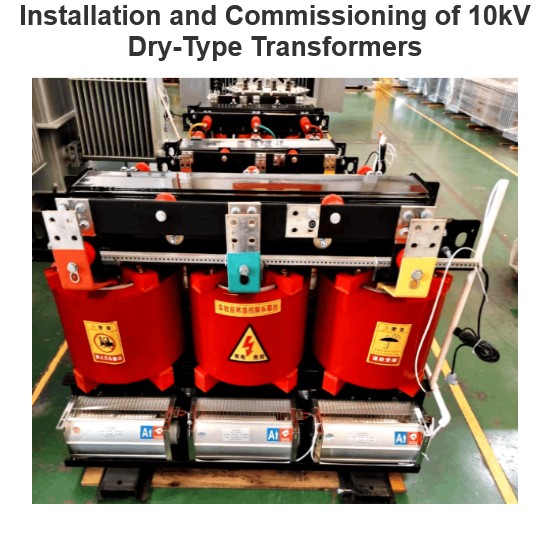What is the reason for the large and heavy size of microwave transformers?
The main reasons for the large size and heavy weight of microwave transformers include the following aspects:
Frequency Characteristics:
Microwave frequencies typically operate in the GHz range, much higher than the power frequency (such as 50Hz or 60Hz) used in traditional transformers. To function effectively at these high frequencies, microwave transformers require special materials and designs to reduce losses and improve efficiency. These specialized designs often lead to larger sizes.
Core Materials:
The core materials used in microwave transformers usually have high permeability and low loss to accommodate high-frequency operation. These materials may be more expensive and heavier than the ferrites or silicon steel sheets used in traditional transformers. For example, microwave transformers often use ferrites or amorphous alloys, which are denser but offer superior performance.
Heat Dissipation Requirements:
Operating at high frequencies generates more heat, so microwave transformers need better cooling designs. This may include larger heat sinks, fans, or other cooling mechanisms, thereby increasing the size and weight of the transformer.
Structural Strength:
At high frequencies, the rapid changes in electromagnetic fields can produce significant mechanical stress. To ensure the structural stability and reliability of the transformer, additional mechanical support and reinforcement measures are required, which also increases the size and weight.
Capacitive Effects:
At high frequencies, parasitic capacitance between windings significantly affects the performance of the transformer. To reduce these parasitic capacitances, the spacing between windings needs to be increased, which also increases the overall size of the transformer.
Shielding and Isolation:
Microwave transformers require good electromagnetic shielding and isolation to prevent electromagnetic interference and leakage. This often involves adding extra shielding layers and isolation materials, further increasing the size and weight of the transformer.
In summary, the large size and heavy weight of microwave transformers are due to the need to operate efficiently at high frequencies while meeting requirements for heat dissipation, structural strength, capacitive effects, and shielding and isolation.
The Electricity Encyclopedia is dedicated to accelerating the dissemination and application of electricity knowledge and adding impetus to the development and innovation of the electricity industry.













